Blog Articles
Discover our latest articles, guides and tips
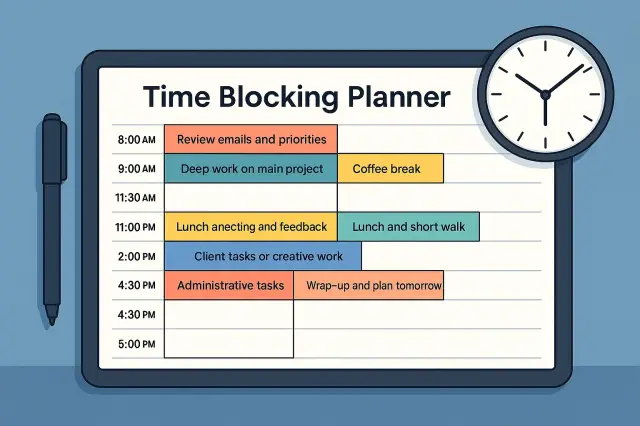
How to Master Time Blocking for Maximum Focus
Time blocking is one of the most effective productivity techniques used by professionals, entrepreneurs, and students ar...

What’s Your Real Age in Minutes, Weeks, or Days? Fun Date Calculations
Understanding the Concept of Age in Different Units Have you ever wondered how many minutes you’ve been alive? Or...
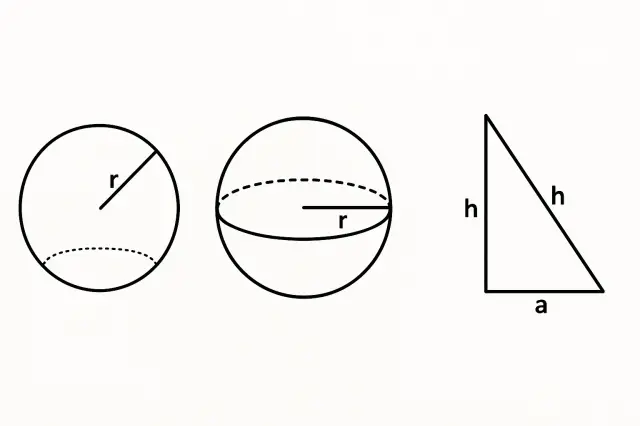
Geometry Made Easy for Students Circles, Spheres, and Triangles
Understanding Geometry in Everyday Life Geometry is not just a school subject—it’s part of our daily lives. From th...

Should You Buy or Rent a House in 2025
Understanding the Buy vs Rent Dilemma in 2025 The decision between buying or renting a home in 2025 remains one of the ...
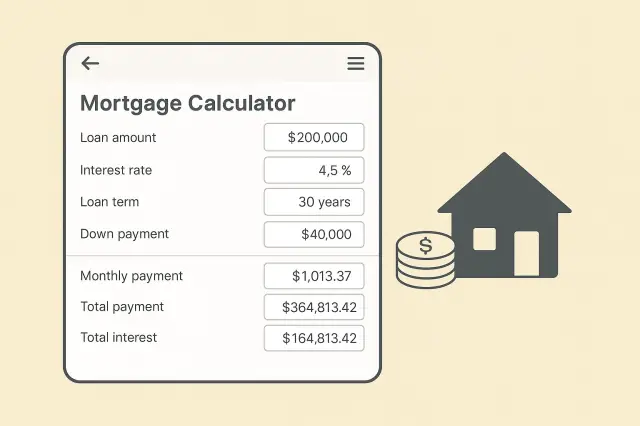
Understanding Mortgage Calculations
Buying a home is one of the biggest financial decisions people make. A Mortgage Calculator helps you estimate yo...
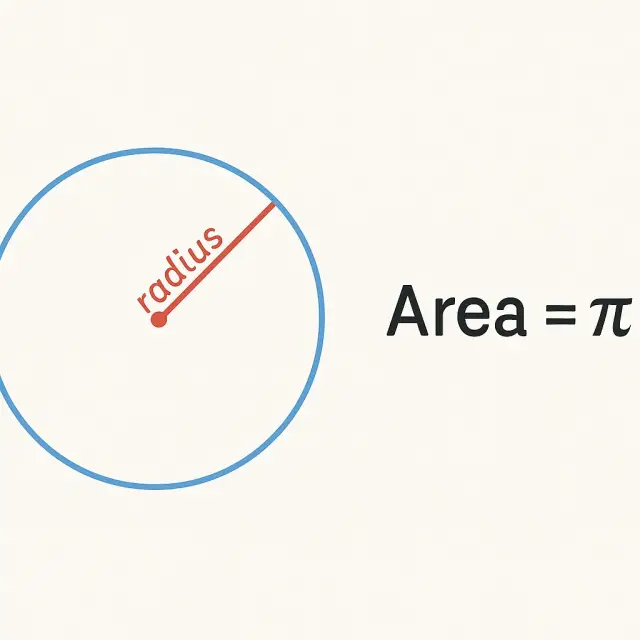
Easily Find the Area of a Circle with an Online Calculator
Understanding the Concept of a Circle’s Area A circle is one of the most fundamental geometric shapes, appearing ...
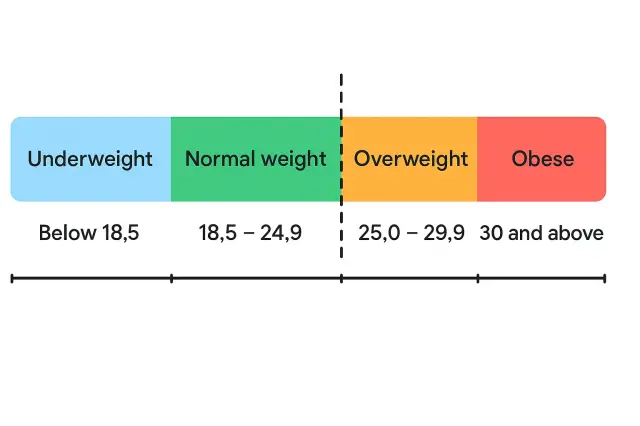
Understanding the BMI Calculator and How to Use It Effectively
Body Mass Index, commonly known as BMI, is a simple yet powerful measurement used to estimate whether a person’s w...

vStop Wasting Time: Discover How Much Procrastination Costs You
Understanding the Procrastination Calculator The Procrastination Calculator on Calculatorr.com is a smart online tool t...

Mortgage Calculator Plan Your Home Financing Easily
The Mortgage Calculator from Calculatorr.com is a free online tool that helps users estimate monthly loan payments, tota...

Ring Size Calculator – Find Your Perfect Fit Before Buying Online
Buying a ring online can be exciting—but also risky if you don’t know your exact ring size. A small differen...

Calorie Calculator to Find Your Daily Energy Needs
Understanding the Calorie Calculator The Calorie Calculator from Calculatorr.com helps you determ...

Currency Converter How to Calculate Exchange Rates in Real Time
Understanding the currency converter The Currency Converter from Calculatorr.com is a free online tool that allows you ...
